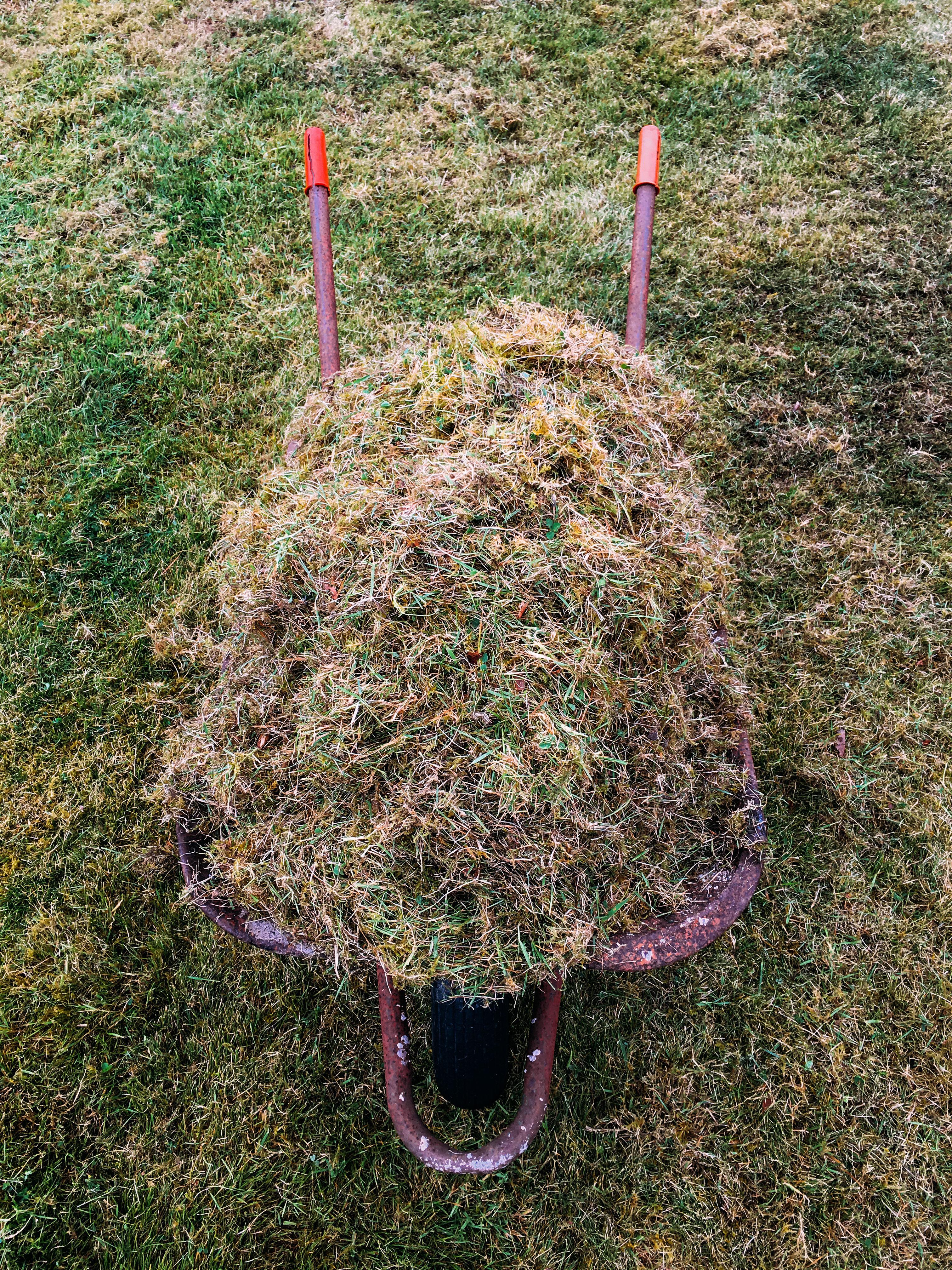An experts guide to looking after your lawn during unpredictable summer weather
From feeds to blades, here’s what you need to know

Your support helps us to tell the story
From reproductive rights to climate change to Big Tech, The Independent is on the ground when the story is developing. Whether it's investigating the financials of Elon Musk's pro-Trump PAC or producing our latest documentary, 'The A Word', which shines a light on the American women fighting for reproductive rights, we know how important it is to parse out the facts from the messaging.
At such a critical moment in US history, we need reporters on the ground. Your donation allows us to keep sending journalists to speak to both sides of the story.
The Independent is trusted by Americans across the entire political spectrum. And unlike many other quality news outlets, we choose not to lock Americans out of our reporting and analysis with paywalls. We believe quality journalism should be available to everyone, paid for by those who can afford it.
Your support makes all the difference.The unpredictable summer weather the UK is currently seeing may mean your lawn has remained greener than usual.
The mix of sun and rain is having an effect.
But, how do you best look after it when it’s under optimum pressure from children, pets and social gatherings during the school holidays?
Regular mowing with sharp blades will reduce stress on your lawn, says David Hedges-Gower, chairman of the Lawn Association, which promotes sustainable lawn care practices.
“Sharpen your mower blades every two weeks because grass is quite abrasive,” he advises. “Most people find their consistent lawn height and should stick with it through summer. They should never go down and probably not go up either, especially with the high thatch (partially dead organic matter which builds up and separates the living grass from the soil) season we’ve been having.”

And it has been a big year for thatch – but you can leave this until autumn, because trying to scarify lightly in summer will put the grass under stress, he advises.
Don’t mow the lawn too short as that would put it under lot of pressure in hot weather, and the lawn may soon turn brown.
You can leave clippings from time to time on the lawn – they are 70% water, so you will be putting some moisture back – but there’s no rule of thumb. Although families with children and dogs may not want them bringing a load of grass into the house, so it depends on your priorities, Hedges-Gower advises.
Move garden play equipment around

If you have a paddling pool left in the same place on the lawn for a week or more, it’s going to leave a flattened yellow patch of grass, so move any play equipment around frequently if you can.
Change the position of your goalposts to stop bare patches appearing in front of the goal mouth. It will reduce the damage to any one particular area.
“Damage limitation always comes from having healthy grass in the first place. A healthy lawn will recover from those wear areas better than anything else,” Hedges-Gower observes.
Use the right lawn feeds

“If you feed our native grasses – bent and fescue – a small amount, the lawn gets thicker. But with rye grass it just grows quicker, so you’ll be filling up your compost bin more,” says Hedges-Gower. “If you need to thicken your lawn, you can feed it but make sure you’ve got the right grass species.”
Opt for organic fertilisers like True Grass to avoid scorching and promote healthy growth, he suggests.
Water wisely

“In summer, grass grows during the evening and night, not during the day. So water at night, when the plant starts to grow and it can use the water very efficiently.
“If you are going to water your lawn, you’ve got to start very early in the season because once your lawn starts to dry out really badly, you rarely get it back (until autumn).”
Leave brown <strong>lawns</strong>
Don’t despair if the lawn is looking brown and parched. Hedges-Gower adds: “The amount of water you need to bring it back would have an adverse effect, because it will basically compact your soil. You will have to over-irrigate more than normal and it will take an awfully long time.
“Generally, grass plants go into a siesta during the summer, but they have a great coping mechanism, returning in the autumn when it rains.”
Repair bare patches

If you are prepared to stick to a strict watering regime, summer can be the best time to re-seed bare patches.
“Grass seed needs heat. so during the summer you can germinate grass seed very quickly, but if you are away or busy it might be better to leave it until the autumn,” Hedges-Gower advises. “Always go for the native lawn seeds fescue and bent.”
Think ahead
While you are enjoying summer, plan some remedial action. “If we get a lot of rain, consider what that might have done to your soil and how you are going to balance it. Have you had extra thatch because you’ve got 10 weeks of extra growth, so how are you going to balance that out?”
Enjoy it
“If you are struggling with your lawn in summer, there’s something wrong with your programme. Maybe you didn’t scarify early enough or you did it too late. You should be out enjoying it, putting patterns on it, making it look pretty for two months of the year.”
Remember, during extreme weather, simplicity is key. Overworking your lawn can lead to more harm than good, Hedges-Gower adds.